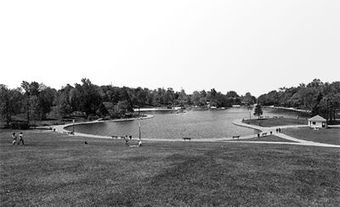
William Frederick Butler
William Frederick Butler, architect (b at St John's, Nfld 22 June 1866; d 24 Feb 1918 in the wreck of the S.S. Florizel). Trained in Toronto and receiving further experience at the Chicago World's Fair (1889), Butler returned to Newfoundland in 1894 to establish a career at home. There he developed a practice involving commercial and residential building, but it is likely that much of his early work involved construction and design superintendence as opposed to design.His importance in Newfoundland architecture begins with, and is best exemplified by, his design of Winterholme for the St John's merchant and industrialist, Marmaduke Winter, in 1904. With its elaborate woodwork and plaster, this Queen Anne-revival-style house is the largest and most striking example of the style in Newfoundland and the most opulent house on the island. Over the next 10 years Butler was kept busy designing more, but less elaborate, versions of this style which, out-of-date as it might have been, was taken up by other architects and builders. These houses take on an added significance when they are seen as statements of permanence - those who made their wealth in Newfoundland now saw themselves as Newfoundlanders, not as transplanted Britons, and the grandeur of these houses is the most potent expression of that view. They also make Butler Newfoundland's most significant architect in the 20th century.

 Share on Facebook
Share on Facebook Share on X
Share on X Share by Email
Share by Email Share on Google Classroom
Share on Google Classroom


